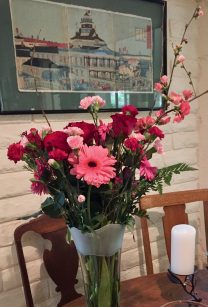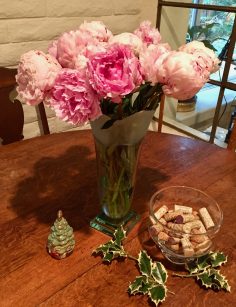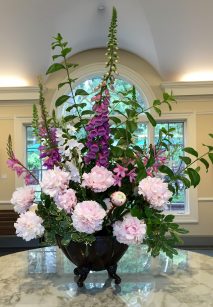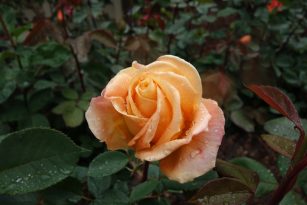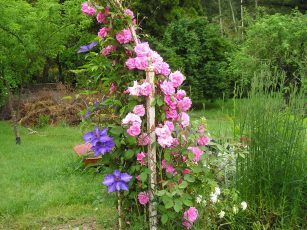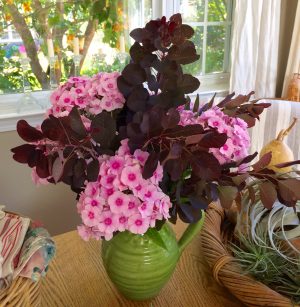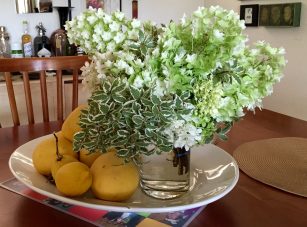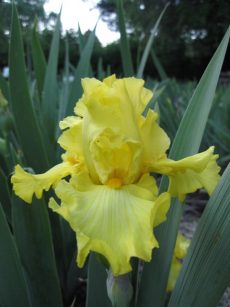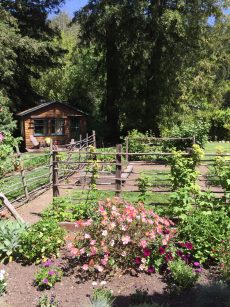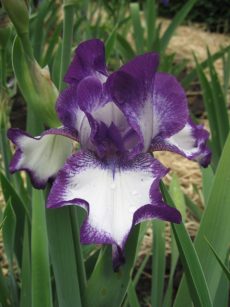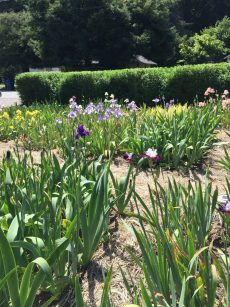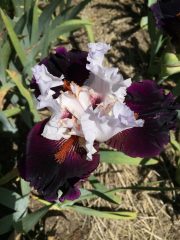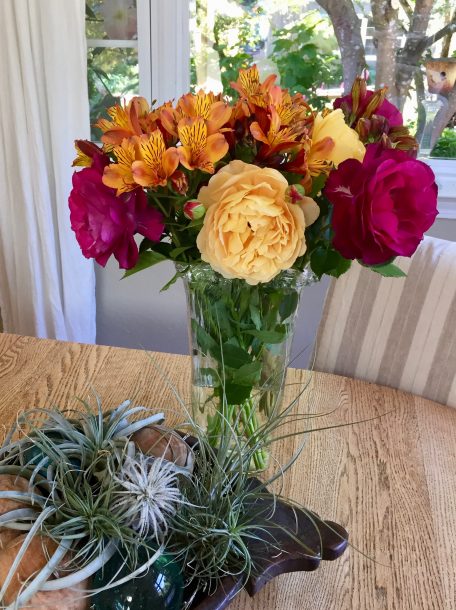
Go ahead and bask in the beauty of your spring garden this year after so much rain. Then start planning and planting to add more cut flowers so you can bring the outside in. Even if you have a lot of flowers already for bouquets there is always that nook or cranny that can fit one more.
A friend of mine has a garden that has so many roses and other flowers that she can cut huge bouquets for her own tables and still have enough to share with friends. Admiring a colorful mixed bouquet of roses and alstroemeria on her table the other day I was envious that my meager shady garden produces only enough flowers for the hummingbirds. If you yearn for more flowers in your garden I have some ideas for you.
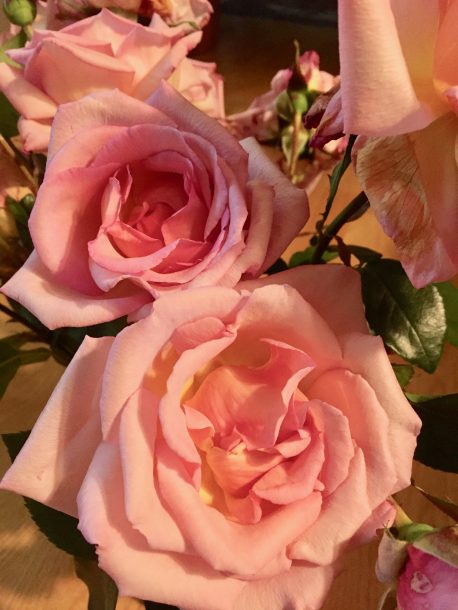
?If I only had one rose in my garden?, my friend said to me, ?I?d plant ?Compassion.? I can tell you after receiving a bouquet of this beautiful double apricot, copper and gold rose from her that she?s on to something. Exceptionally fragrant, this profuse continual bloomer is also disease resistant even in part shade. It can be grown as a large shrub but is more effective when trained as a climber where its fragrance can be enjoyed along a path near your doorway or alongside a patio or deck. The fragrance is a combination of honey and peaches. A small bouquet scented my entire house.
If you are looking to increase your cut flower potential like I am, here are some suggestions. For starters it’s always good to grow perennial plants that come back every year but self sowing annuals are also great so don’t forget to plant some of those also. Self-sowing annuals that have a long vase life are bachelor buttons, clarkia, cosmos, flax, love-in-a-mist, nasturtium, cleome and calendula. Zinnia, snapdragon, statice and marigolds also make good cut flowers.
For sunny spots grow perennial penstemon and kangaroo paw. Coreopsis attract butterflies and are long lasting in bouquets. Coneflowers, dahlias, gloriosa daisy, delphinium, foxglove, scabiosa, aster, shasta daisy and yarrow also make good cut flowers. Penstemon are good for cutting and the tubular flowers attract hummingbirds.
Native flowers that last for a week or more in a bouquet include clarkia and sticky monkeyflower. Yarrow and hummingbird sage will last 4-6 days in a vase. Our native shrub philadelphus, also called mock orange, has flowers that smell like oranges and will grow in some shade as well as sun.
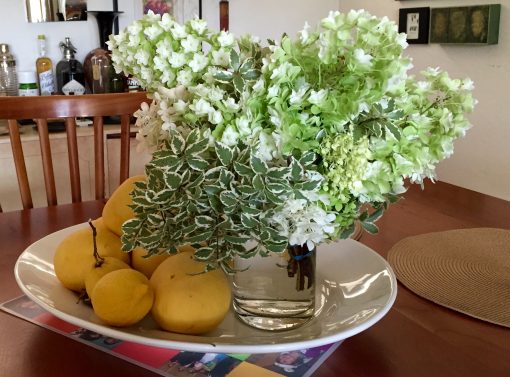
The secret to a fabulous bouquet is not just the flowers but the interesting foliage and that is something we all have in our gardens. Great foliage plants come in all shapes and sizes. In shady gardens, fragrant variegated daphne odora is a wonderful small shrub for both flowers and foliage. Sweet olive or osmanthus fragrans is a large evergreen shrub with apricot scented blooms. Pittosporum ?Marjorie Channon? will add white with a hint of lime to your bouquets. Oakleaf hydrangea foliage and flowers look great in bouquets during the summer and the leaves turn red in fall as an added bonus.
Foliage from shrubs such as abelia, breath of heaven, California bay, ornamental grasses, grapes and other vines, herbs, woody tree branches like smoke tree and Japanese maple also look handsome in a bouquet.

To make cut flowers last, pick them early in the morning before they are stressed by heat. Pull off any foliage or flowers that will be below the water level in the vase. Fill a clean vase with 3 parts lukewarm water mixed with 1 part lemon-lime soda, 1 teaspoon vinegar and a crushed aspirin. Another recipe for floral food is 2 teaspoons sugar, 2 tablespoons white vinegar and 1/2 teaspoon bleach in 1 quart water. The sugar helps buds open and last longer, the acid improves water flow in the stems and the bleach reduces the growth of bacteria and fungus. Change the water and re-cut the stems every few days to enjoy your bouquet for a week or even longer.

